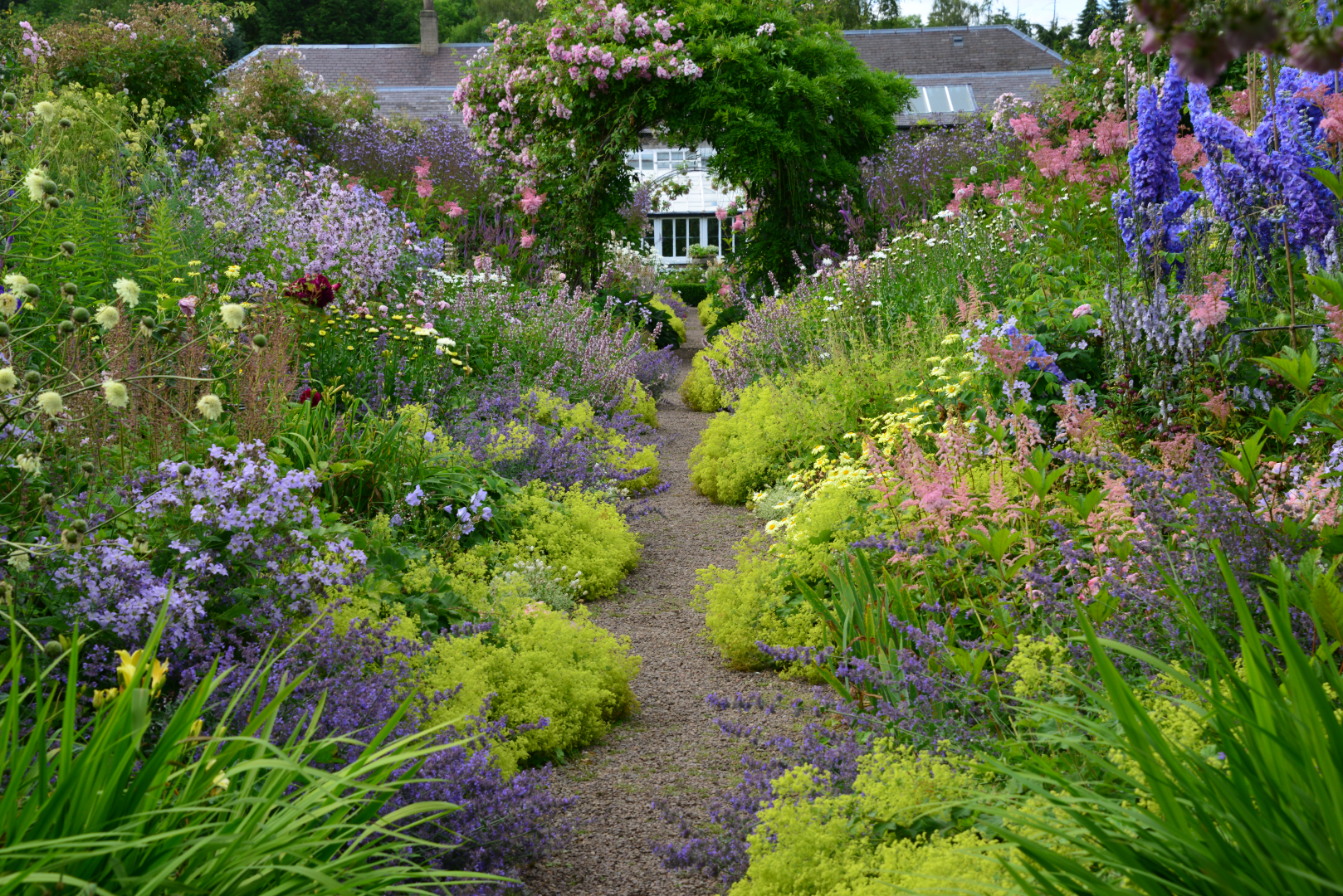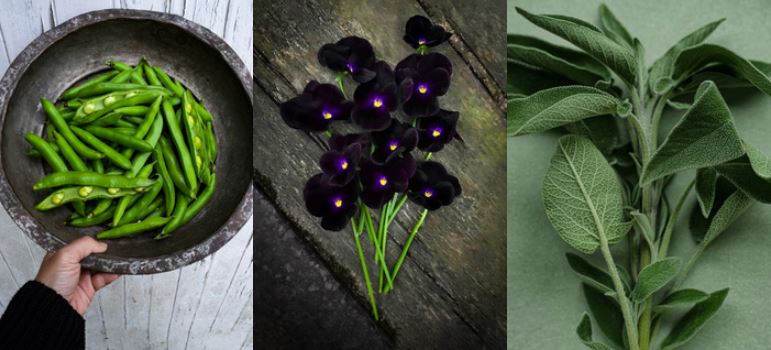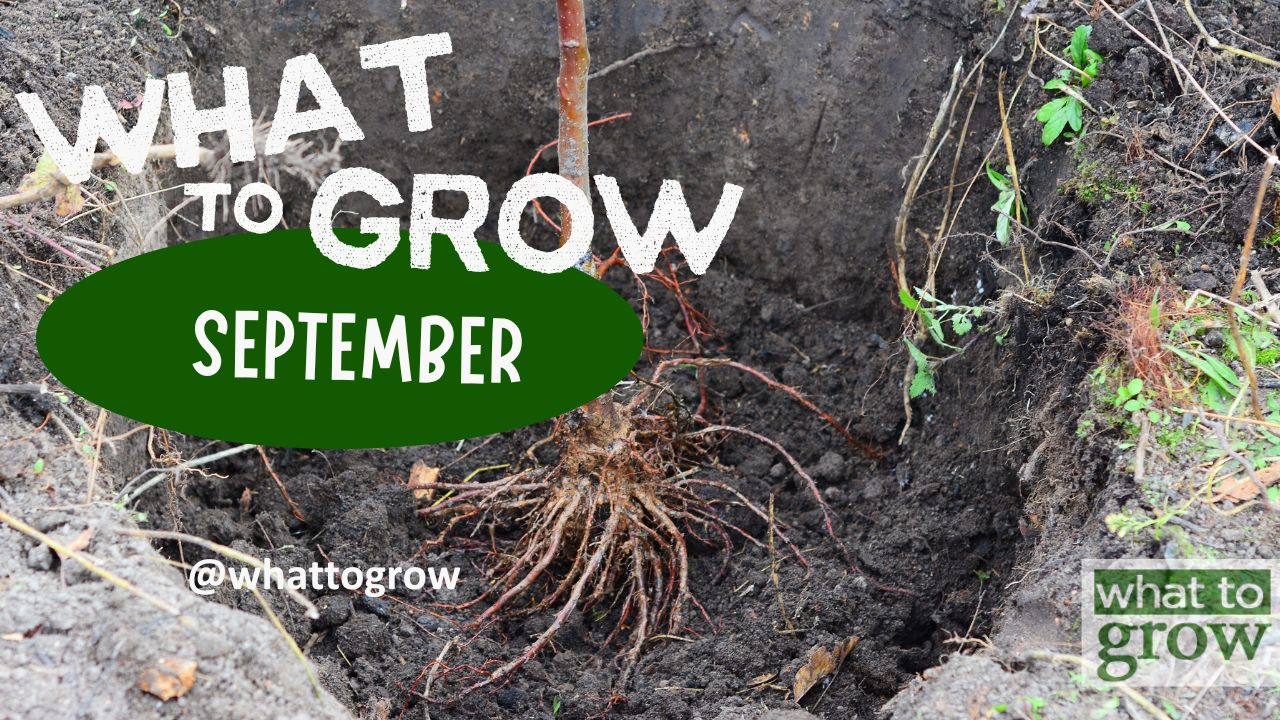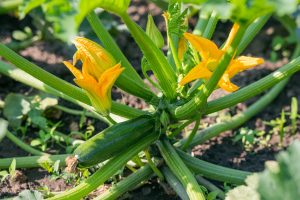Preparing Your Garden for an August Bloom
As we begin to move into August, we are presented with the perfect opportunity to prepare our gardens for a vibrant late summer display. With careful planning and a few strategic tasks, you can ensure your garden is bursting with color and vitality in the coming month. Here are some essential tips to help you prepare your garden for an August bloom.
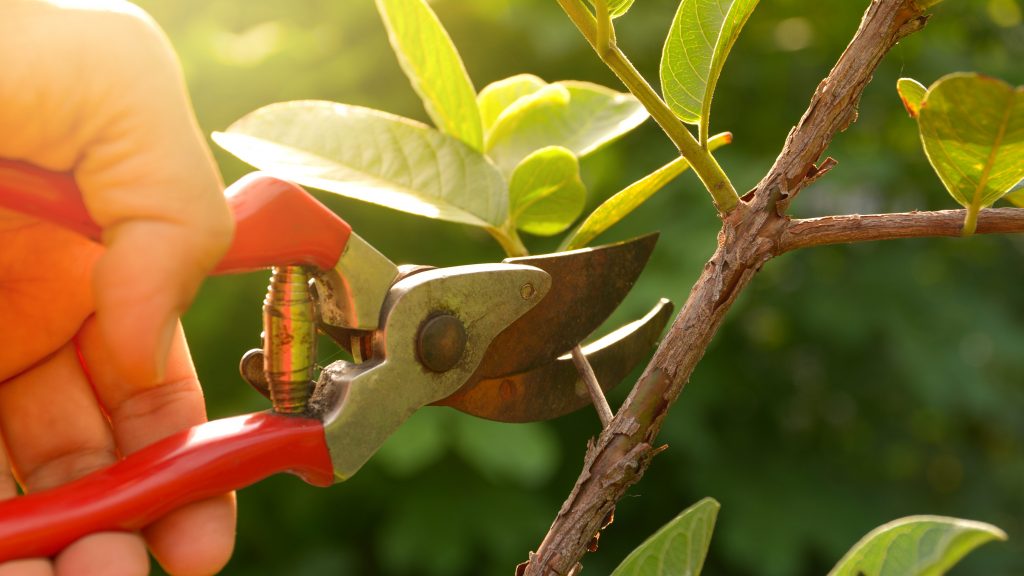
1. Deadheading and Pruning
Deadheading, or removing spent flowers, is crucial to encourage continuous blooming. Focus on perennials like roses, geraniums, and dahlias. Regularly removing dead flowers prevents plants from setting seed and promotes new growth. Additionally, light pruning of shrubs and climbers can stimulate fresh blooms. Use sharp, clean tools to make precise cuts and avoid damaging the plants.
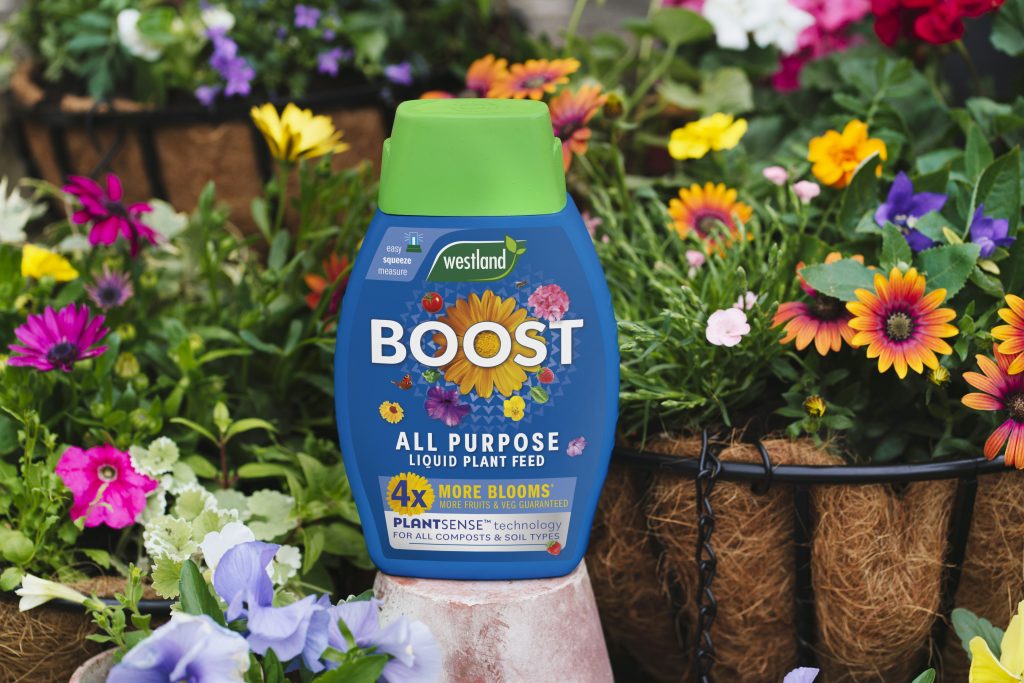
2. Feeding and Fertilising
July is an ideal time to feed your plants to boost their energy for an August display. Use a balanced, slow-release fertiliser to provide essential nutrients. For flowering plants, consider a high-potassium feed, such as tomato feed, to enhance blossom production. Apply the fertiliser, ensuring even distribution around the base of the plants.
3. Watering Wisely
Consistent watering is essential during the hot summer months. Water deeply and infrequently to encourage deep root growth. Early morning or late evening is the best time to water, as it reduces evaporation. Mulching your garden beds with organic materials like compost or straw can help retain moisture and suppress weeds, keeping your plants healthy and hydrated.
4. Supporting Tall Plants
Tall and heavy-blooming plants may need extra support to prevent them from toppling over. Stake plants like delphiniums, hollyhocks, and sunflowers early in the month. Use sturdy stakes and soft ties to avoid damaging stems. Check the supports regularly and adjust them as needed to accommodate the plants’ growth.
5. Planting for Succession
To maintain continuous color in your garden, consider succession planting. Fill in gaps with fast-growing annuals such as zinnias, marigolds, and cosmos. These plants can quickly establish and provide vibrant blooms in August. Additionally, consider planting late summer bulbs like autumn crocuses and colchicums for a splash of color as the season progresses.
6. Pest and Disease Control
Keep an eye out for common garden pests and diseases that can affect your plants. Aphids, slugs, and powdery mildew are prevalent during the summer months. Use organic pest control methods, such as neem oil or insecticidal soap, to manage infestations. Regularly inspect your plants for signs of trouble and address any issues promptly to prevent them from spreading.
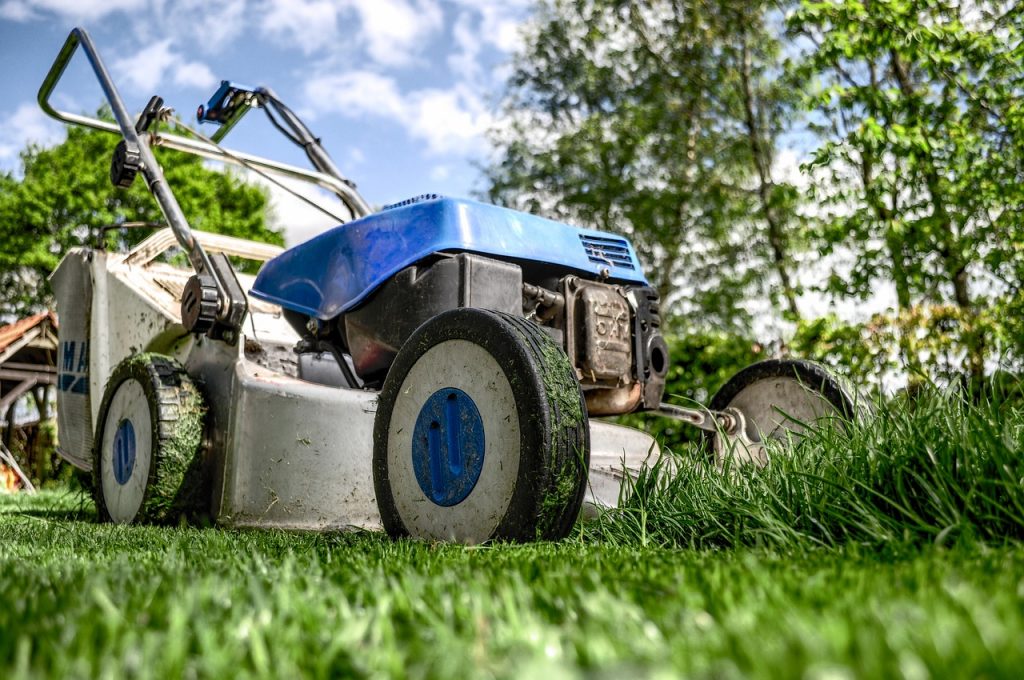
7. Lawn Care
A well-maintained lawn sets the stage for a beautiful garden. Mow your lawn regularly, but avoid cutting it too short during hot weather to prevent stress. Water your lawn deeply and less frequently to promote strong root growth. Consider applying a summer lawn feed to keep the grass healthy and green.
8. Planning Ahead
While focusing on August blooms, it’s also a good time to plan for the coming seasons. Think about planting late-summer and autumn-flowering perennials, such as asters, sedums, and Japanese anemones. Planning ahead ensures that your garden continues to offer visual interest well into the cooler months.
9. Enjoying the Fruits of Your Labor
Lastly, take time to enjoy your garden. As you prepare for an August bloom, remember to relax and appreciate the beauty you’ve cultivated. Whether it’s a quiet morning with a cup of tea or an evening gathering with friends, your garden is a space for enjoyment and reflection.
